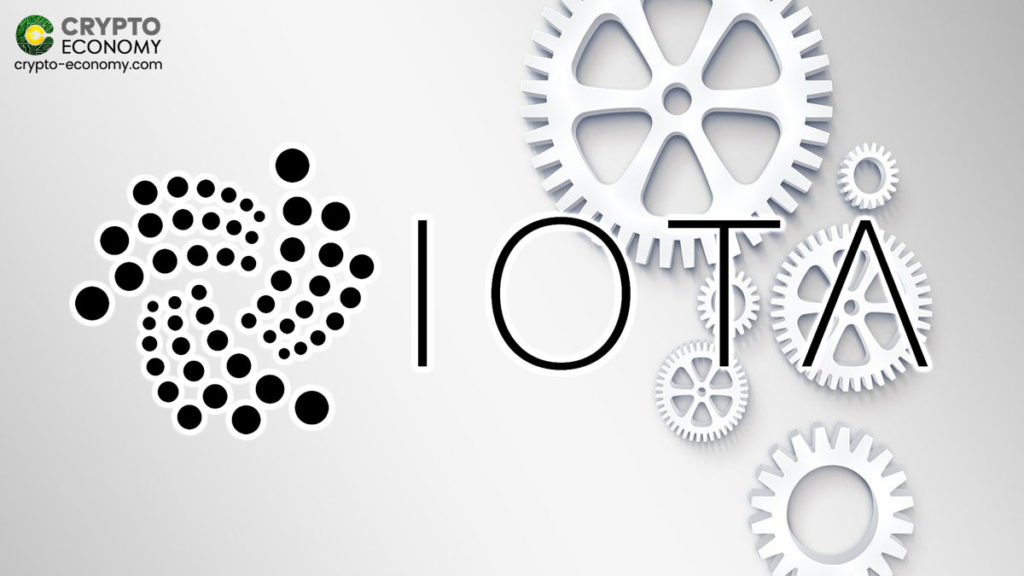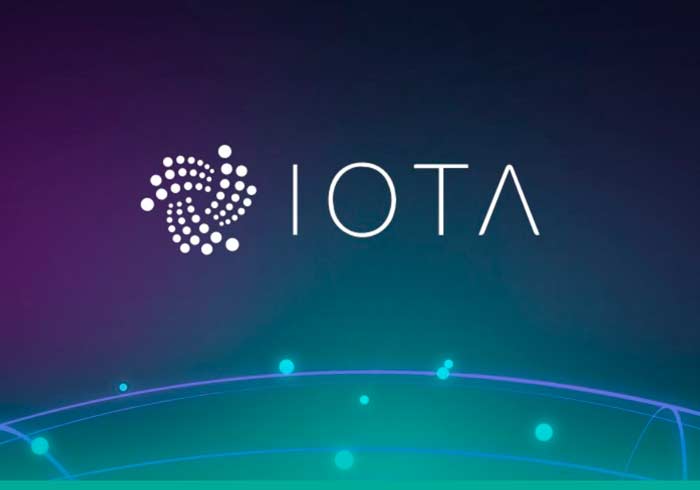IOTA released the latest version of IRI that focuses on new changes in Bundle validation. The latest release is accessible through GitHub. There are 180 commits to the latest version since the announcement.
There are two main protocol changes with the latest v1.8.5 according to the official IOTA GitHub page:
- Added bundle validity rules – check that bundles confirm only tails and two bundles at most
- Check validity rules on tip-sel and check-consistency only
IOTA official account tweeted:
“We have just released IRI 1.8.5 with changes to bundle validation logic. This unifies the logic across #node implementations”.
Changes in Bundle Validation Process
IOTA changes the bundle validation logic with the new release. The first change affects tail transactions. From now on, bundles can only approve tail transactions. The change causes more simplicity in transaction processing and tip selection. Besides, constructing graph abstraction will be simplified that makes tip selection better.
Developers could make bundles that approve non-tail transactions in IRI before. But the new change disables that feature.
The second change in the new IRI release affects the number of transactions that can be approved by bundles. From now on, bundles can, at most, approve two other transactions.
“This change changes the node software to only consider valid bundles where all transactions within the bundle approve, via their branch, the trunk transaction of the head transaction”, according to IOTA’s release note.
IOTA said the client libraries currently use the logic mentioned above to make bundles. So, there is no need to change anything in libraries. The new approach also provides a more straightforward logic for nodes to validate bundles and “addresses potential vulnerabilities in the node”.
IOTA Bundles
IOTA bundles are chain transactions that rely on each other validation and consists of head, body, and tail. For example, for depositing the IOTA token in an address, two transactions are needed that rely on each other. The first one validates the withdrawal of the token from an address, and the second one validates depositing in another one. So we can assume them as a Transfer Bundle.
If you found this article interesting, here you can find more IOTA News











